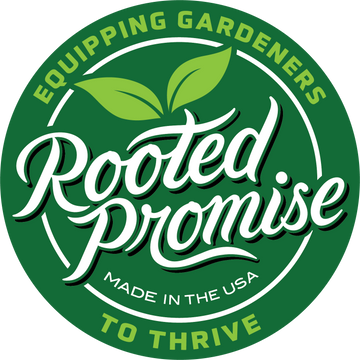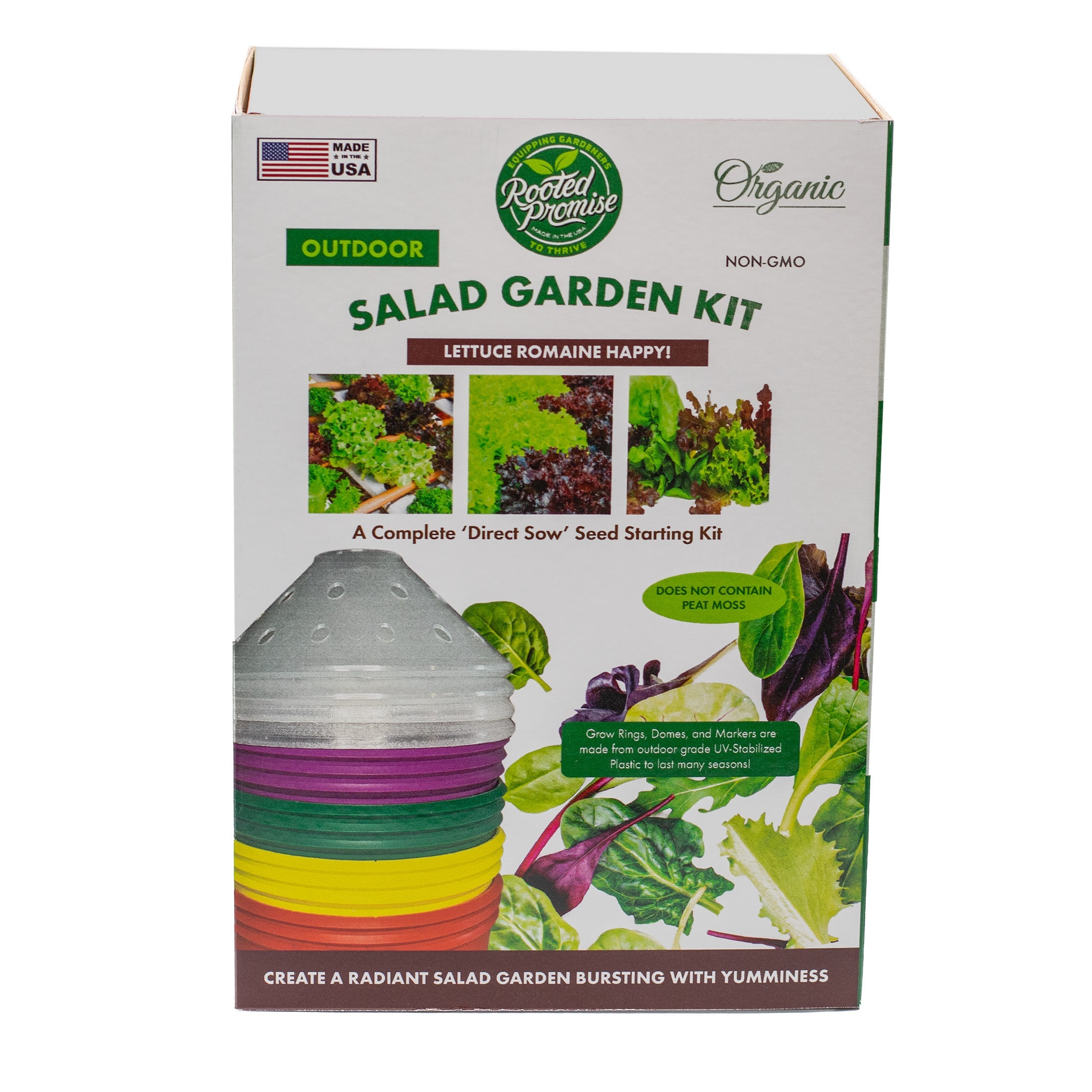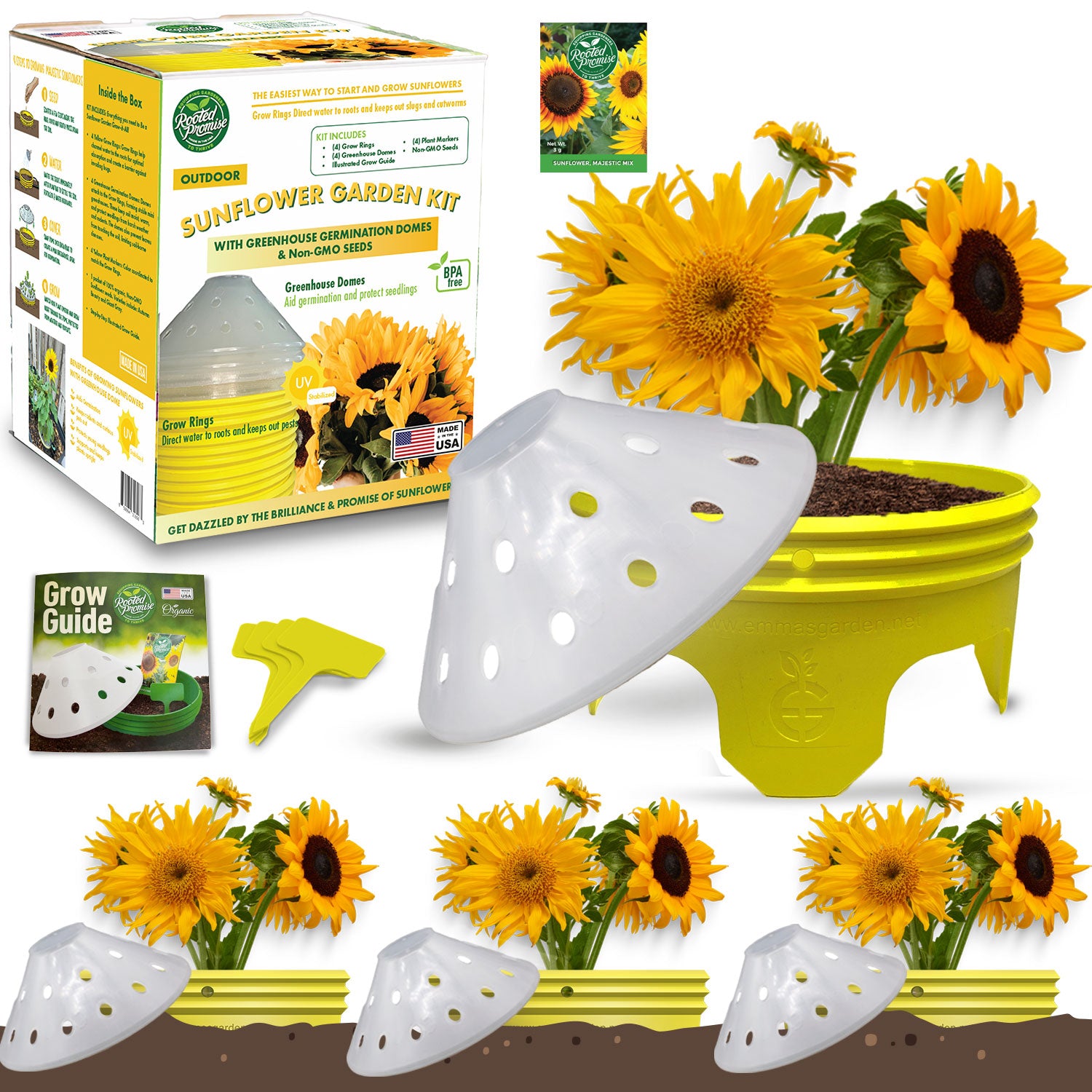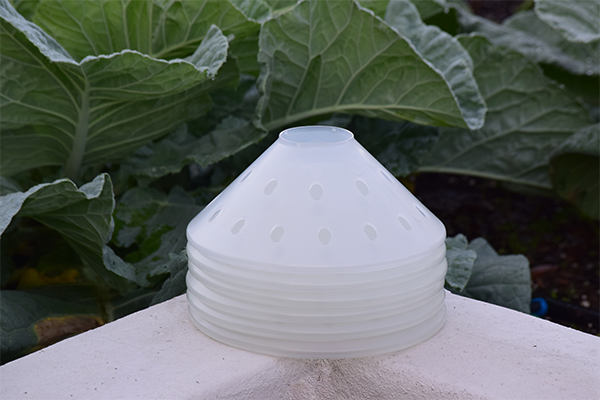Introduction
Imagine stepping into your backyard, greeted by the sight of vibrant, lush fruit trees, their branches heavy with ripe, juicy produce just waiting to be picked. For many, this is a dream worth pursuing, but the question remains: What is the easiest fruit tree to grow? Whether you're a seasoned gardener or a novice with a green thumb itching to dig into the soil, this guide will walk you through the best fruit tree to plant and nurture effortlessly.
Table of content
-
The Magic of Growing Your Own Fruit
-
Why Choose Easy-to-Grow Fruit Trees?
-
The Champion: Apple Trees
-
Steps to Successfully Grow Apple Trees
-
Key Takeaways
-
Frequently Asked Questions (FAQs)
-
Conclusion
The Magic of Growing Your Own Fruit
Gardening offers a unique blend of therapy, sustenance, and joy. Picture the sweet aroma of blossoming flowers, the crisp crunch of a homegrown apple, and the satisfaction of nurturing life from seedling to harvest. It’s an experience that connects us with nature and provides an invaluable sense of accomplishment.
Why Choose Easy-to-Grow Fruit Trees?
When embarking on your gardening journey, it’s essential to start with fruit trees that promise success without overwhelming effort. This approach not only ensures a rewarding experience but also fosters confidence to take on more challenging plants in the future.
The Champion: Apple Trees
Why Apple Trees?
If there were a gold medal for ease of growth, apple trees would wear it proudly. These versatile trees are hardy, resilient, and generous in their yield. With a variety of species suited to different climates, apple trees can thrive in nearly every corner of the United States.
Choosing the Right Variety
Selecting the right type of apple tree is crucial. For beginners, consider varieties like:
-
Honeycrisp: Renowned for its sweet taste and crispy texture.
-
Gala: Easy to grow and produces abundant fruit.
-
Red Delicious: A classic choice known for its deep red color and mild flavor.
Steps to Successfully Grow Apple Trees

1. Selecting the Perfect Location
Apple trees flourish in well-drained soil with plenty of sunlight. Ensure your chosen spot receives at least 6 hours of direct sunlight daily.
2. Planting Your Tree
Plant apple trees in early spring or late fall when the tree is dormant. Dig a hole twice the size of the root ball, place the tree inside, and cover with soil. Water thoroughly to help settle the roots.
3. Watering and Fertilizing
Consistent watering is vital during the first few years. Once established, apple trees require less frequent watering. Opt for organic fertilizers to nourish your tree throughout its growth stages.
4. Pruning and Maintenance
Regular pruning encourages healthy growth and maximizes fruit production. Remove dead or diseased branches and maintain an open canopy for better air circulation.
Key Takeaways
-
Apple trees are the easiest fruit tree to grow.
-
Select varieties like Honeycrisp, Gala, or Red Delicious for optimal results.
-
Ensure your tree gets adequate sunlight and water.
-
Prune regularly to encourage healthy growth and better yields.
Frequently Asked Questions (FAQs)
1. How long does it take for an apple tree to bear fruit?
Typically, apple trees start to bear fruit 3-5 years after planting.
2. Can I grow apple trees in containers?
Yes, dwarf varieties of apple trees can be successfully grown in large containers.
3. What pests should I watch out for?
Common pests include aphids, apple maggots, and codling moths. Regular inspections and organic pest control methods can keep these at bay.
Conclusion
Embarking on your journey to grow fruit trees can transform your backyard into a paradise of abundance and beauty. With apple trees as your starting point, you’ll find yourself captivated by the simplicity and joy they bring. So why wait? Plant your apple tree today and witness the magic unfold in your very own garden.
For more detailed information on growing fruit trees, visit the official resources provided by the USDA and educational institutions such as Harvard Extension School.
```










